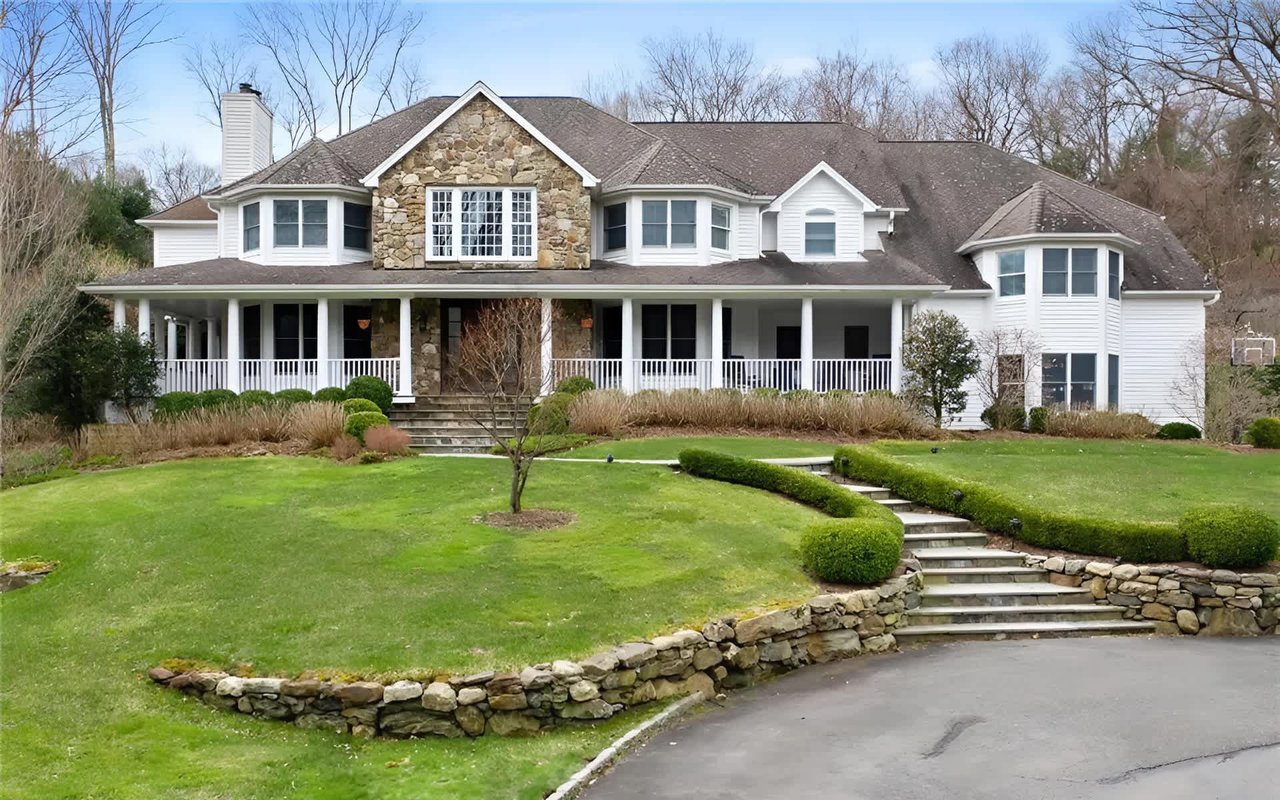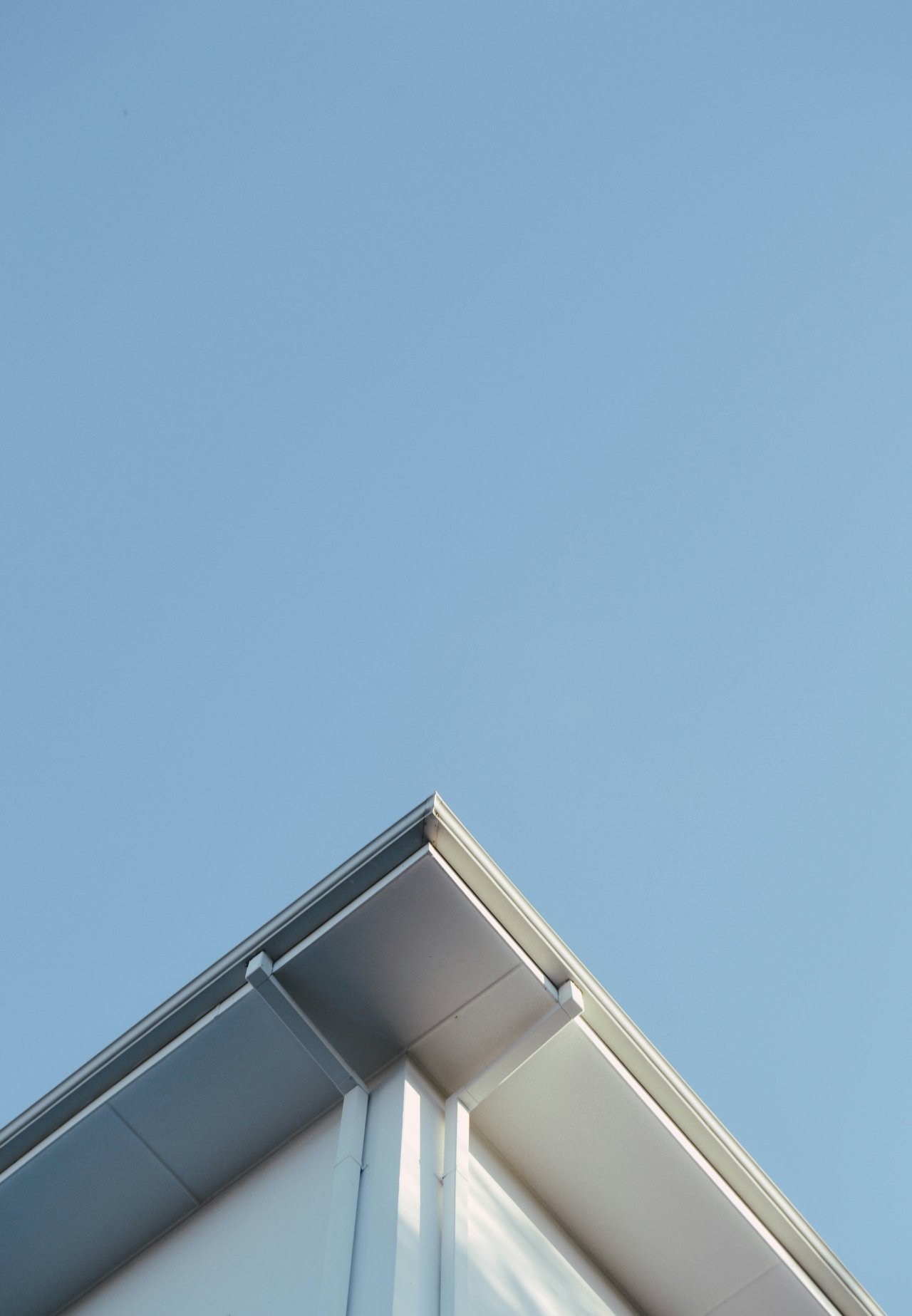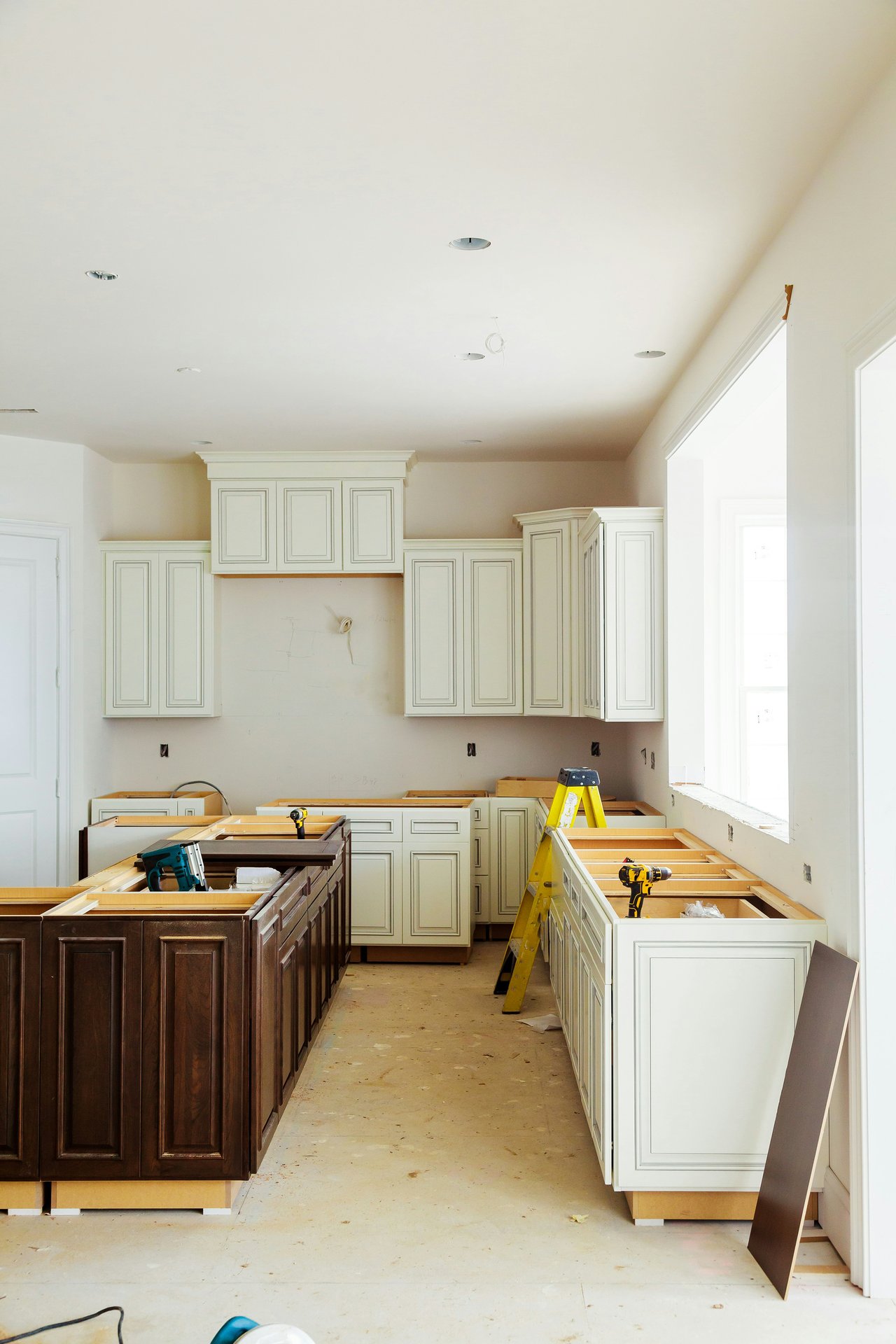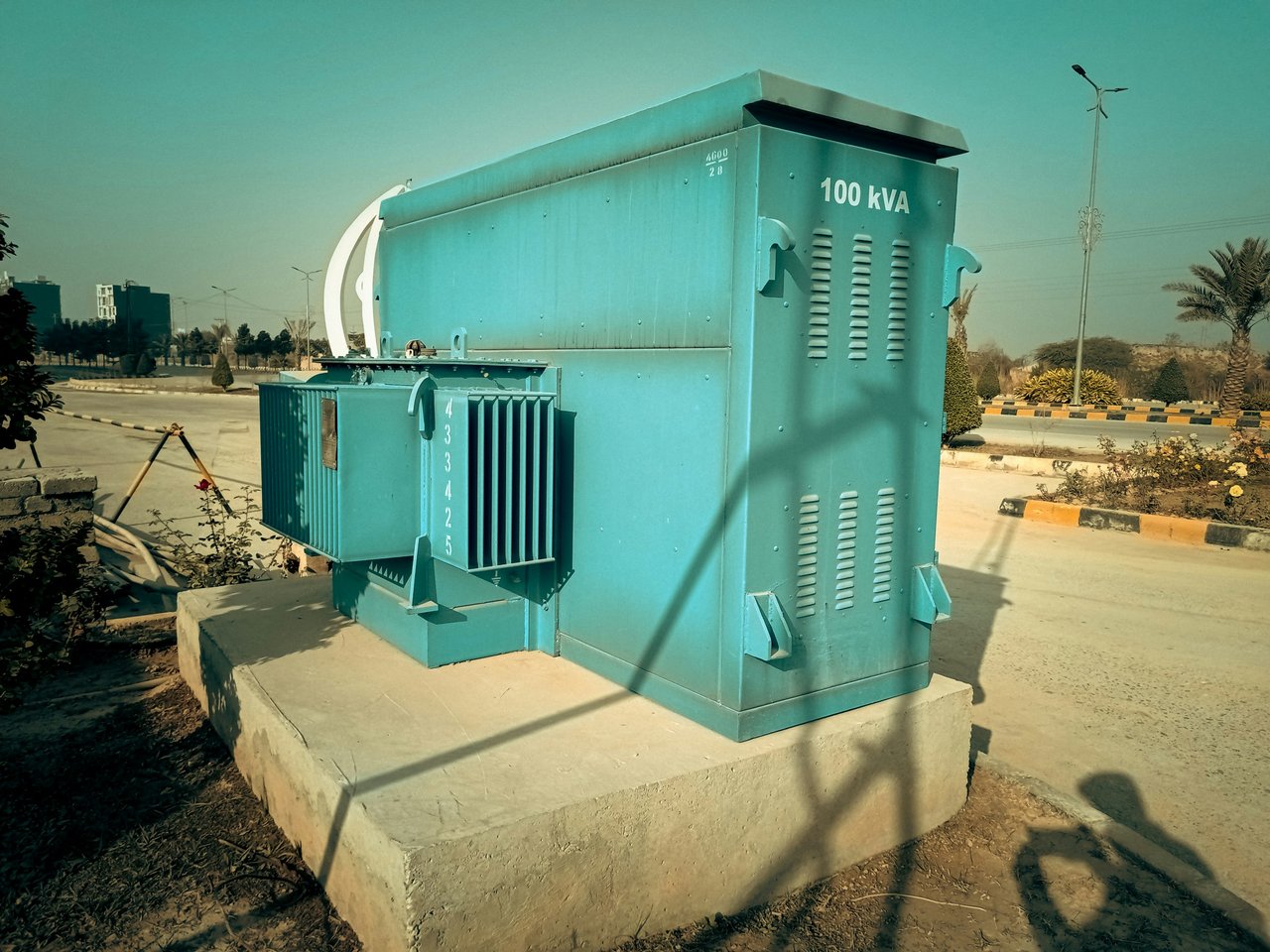Chappaqua, NY, in Westchester County, is known for its picturesque landscapes and small-town charm. But beyond its natural beauty, the town is also home to several architectural landmarks that showcase its historical and cultural significance. Chappaqua's architectural landscape is diverse and fascinating, from colonial-era homes to modernist designs. In this article, we'll explore some of the notable architectural landmarks in Chappaqua, NY, and why they are integral to the town's identity.
The Horace Greeley House
One of the most iconic landmarks in Chappaqua is the Horace Greeley House, the former home of the famous newspaper editor and political figure Horace Greeley. Built in 1853, this house is an excellent example of mid-19th-century architecture. The house was designed in the Carpenter Gothic style, with pointed arches, steep gables, and ornate wooden trim. Greeley's residence has been preserved as a museum by the New Castle Historical Society, offering visitors a glimpse into the life of one of America's most influential public figures. The Horace Greeley House is not just a piece of Chappaqua's history; it's a window into the broader narrative of 19th-century America.
The New Castle Historical Society
Located in the heart of Chappaqua, the New Castle Historical Society building itself is a landmark. Originally built as a one-room schoolhouse in the early 1800s, the structure has been expanded and renovated over the years, yet it retains its historical charm. The building's architecture reflects the simplicity and practicality of early American schoolhouses, with its modest size, symmetrical facade, and classic gabled roof. Today, it serves as the headquarters for the New Castle Historical Society, preserving and promoting the history of Chappaqua and the surrounding areas. This building is a testament to the town's commitment to preserving its architectural and cultural heritage.
The Chappaqua Railroad Depot
The Chappaqua Railroad Depot is another significant architectural landmark in the town. Constructed in 1902, this building is a fine example of early 20th-century transportation architecture. The depot's design features elements of the Colonial Revival style, which was popular during that era. The building's brick construction, arched windows, and decorative cornices add to its historical significance. The Chappaqua Railroad Depot played a crucial role in the town's development, as the railroad's arrival helped transform Chappaqua from a rural community into a suburban haven for New York City commuters. Today, the depot is a reminder of the town's growth and connection to the larger metropolitan area.
The Quaker Meeting House
The Quaker Meeting House, built in 1753, is one of the oldest structures in Chappaqua and a symbol of the town's Quaker roots. This simple, unadorned building reflects the Quaker principles of modesty and humility. The meeting house is a two-story wooden structure with a steeply pitched roof and large windows that allow natural light to flood the interior. The building has been meticulously maintained over the centuries, preserving its historical integrity. The Quaker Meeting House is still used today for worship and community events, making it a living part of Chappaqua's architectural and cultural fabric.
The Chappaqua Public Library
The Chappaqua Public Library is a more modern architectural landmark yet holds a special place in the town's community life. The library was designed in the early 1970s by the architectural firm Moore & Hutchins, known for their modernist approach to public buildings. The library's design incorporates elements of Brutalism with its bold concrete construction, geometric forms, and emphasis on functionality. The building's expansive windows and open interior spaces create a welcoming environment for visitors. The Chappaqua Public Library is not just a place for books; it's a hub for community engagement, learning, and cultural events.
The Readers' Digest Headquarters
Although not located in Chappaqua itself, the nearby Readers' Digest Headquarters in Pleasantville is closely associated with the town and is worth mentioning. Built in the 1930s, this complex was designed by architect Wallace Harrison in the Georgian Revival style, featuring red brick facades, white columns, and a symmetrical layout. The headquarters became a landmark for its architecture and its role in the region's economy and culture. Many Chappaqua residents worked at Readers' Digest, and the company's presence had a significant impact on the town's development. The building is a reminder of the area's mid-20th-century prosperity and its connection to the broader publishing industry.
The Wallace Home
The Wallace Home, located in the heart of Chappaqua, is a prime example of the town's historic residential architecture. Built in the early 20th century, this colonial revival home features a symmetrical facade, a classic entrance with columns, and elegant, multi-paned windows. The house has been well-preserved and remains one of the town's architectural gems. It reflects the period's emphasis on traditional design and craftsmanship. The Wallace Home is a reminder of Chappaqua's residential character and the town's appeal as a tranquil, suburban community.
About NestEdge Realty
NestEdge Realty was founded by Matthew Gluck, driven by his deep passion for real estate, thorough research, and an unwavering desire to achieve successful deals. Understanding that technology would inevitably reshape the home-buying process, he established NestEdge to help clients capitalize on modern efficiencies, offering them financial benefits that were previously unattainable at closing.
Ready to explore real estate in Chappaqua, NY? Contact NestEdge Realty today to begin the search for your dream home.
*Header image courtesy of NestEdge Realty
Ready to explore real estate in Chappaqua, NY? Contact NestEdge Realty today to begin the search for your dream home.
*Header image courtesy of NestEdge Realty




